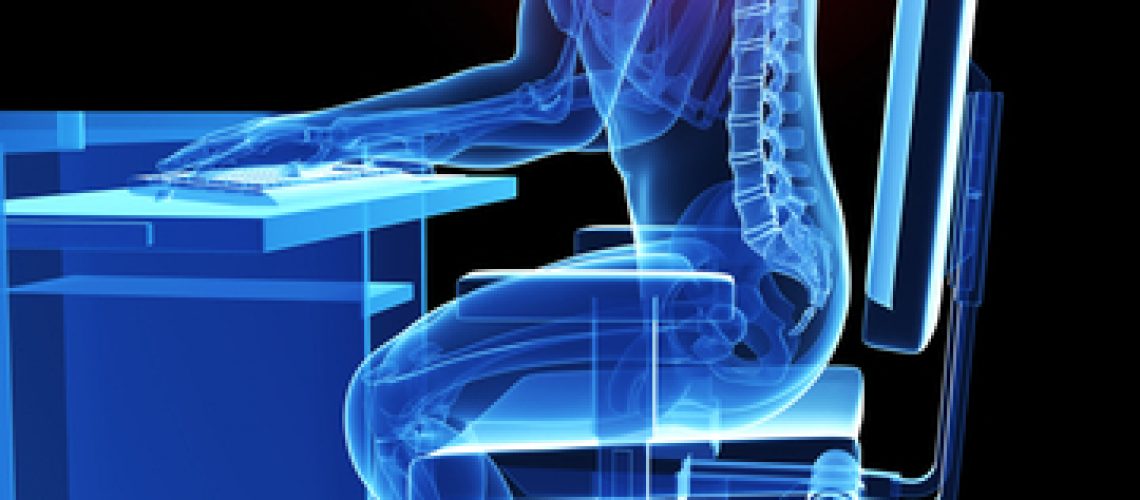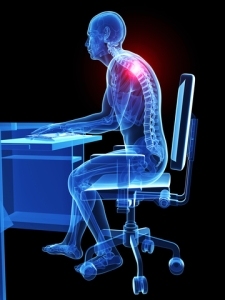How can our movement habits create pain and decrease our ability to move well?
Habituation is the simplest form of learning. It occurs through the constant repetition of a response. When the same bodily response occurs over and over again, its pattern is gradually “learned” at an unconscious level. Habituation is a slow, relentless adaptive act, which ingrains itself into the functional patterns of the central nervous system. (Thomas Hanna, Somatics 1998)
We get good at what we repeatedly do, that is how our brain learns, through repetition. We will get good at things we do intentionally AND things we do unintentionally. If we repeatedly stand in a certain way or walk in a certain way, eventually that way will become learned and automatic. When it becomes automatic we are no longer conscious of it. It becomes our ‘normal’.
The Green Light Reflex is the reflex that drives us forward into the world. It is an inherently positive reflex. Without it we would never have learned to crawl or walk. However, every time your phone rings, someone calls your name, a deadline looms, you rush to be on time, the bodily response is the same, your Green Light Reflex is triggered. All the muscles of the Green Light Reflex contracting, to ready you for action.
In modern society, most people have very busy lifestyles and are constantly under demand from their jobs, children, emails, phone calls, text messages, social activities, hobbies etc. This constant triggering of the Green Light Reflex, leads to habitually and chronically tightened back muscles in exactly the way described by Thomas Hanna in the quote above.
Your ‘normal’ becomes a learned state of contraction, always ready for action and unable to relax fully. You develop Sensory Motor Amnesia (SMA), forgetting how to release and relax all the musculature of the back of the body. A stiff, sore back and reduced ability to move freely becomes inevitable at this point.
The Red Light Reflex is the complete opposite of the Green Light Reflex. It is a withdrawal reflex, a tightening of all the front of the body in an attempt to make ourselves small and hideaway from fear or danger. Red Light is triggered by fear, danger or threat, .ie when we hear a loud noise, or someone yells ‘duck!’. It can equally be caused by spending too much time slumped in front of a laptop, tv, tablet or smartphone. Nowadays this seems to be a major cause of Red Light Reflex. Many hours with our heads pointed down, back rounded and our shoulders slumped forward gazing at our ever smaller screens (PCs > laptops > tablets > smartphones). If we spend a lot of time in this position, or under threat, we are essentially learning how to stay in that position. Belly tight, hip flexors tight, shoulders forward, head down. Again this state of learned contraction becomes our new ‘normal’. And while it is very useful for looking at gadgets or working at a screen, it is not so useful when we want to do something (anything) else. Eventually, you develop Sensory Motor Amnesia (SMA), forgetting how to release and relax all the musculature of the front of the body. A stiff, sore neck and shoulders and reduced ability to breathe deepy and move freely becomes inevitable at this point.
We can habituate any posture or movement pattern that we use regularly, whether it is helpful or not.
Think about it, do you always sit in the same chair in your living room? In the same position? It just feels comfortable right? Well that’s because you have unintentionally learned to sit in that way. It’s an example of habituation. Do you always carry your infant on the same side hip? Habituation. When you drive do you always sink into one side? Or put your elbow on the centre console? Habituation. When you stand do you always cross your arms? Or your legs? Or lean into one side? How do you walk? Always wear your bag on the same side? Again these are all habituations. One sided habits can lead to Trauma Reflex. Much of what we do each and every day is automatic and performed unconsciously. But some of these movement habits may be causing you to have pain due to the constant contraction of the muscles involved.
Becoming aware of our movement habits can help us to identify which ones may be causing us to have pain or reducing our ability to move well. Once identified, Somatic movements or Clinical Somatics Lessons can help us to release these habituated patterns of muscular contraction for less pain, more self awareness and more freedom of movement.
You can start exploring these Somatic movements right now by checking out the Learn Somatics YouTube Channel. Want some help? I offer Online 1-1s so you can learn Somatics from anywhere in the world.
~

